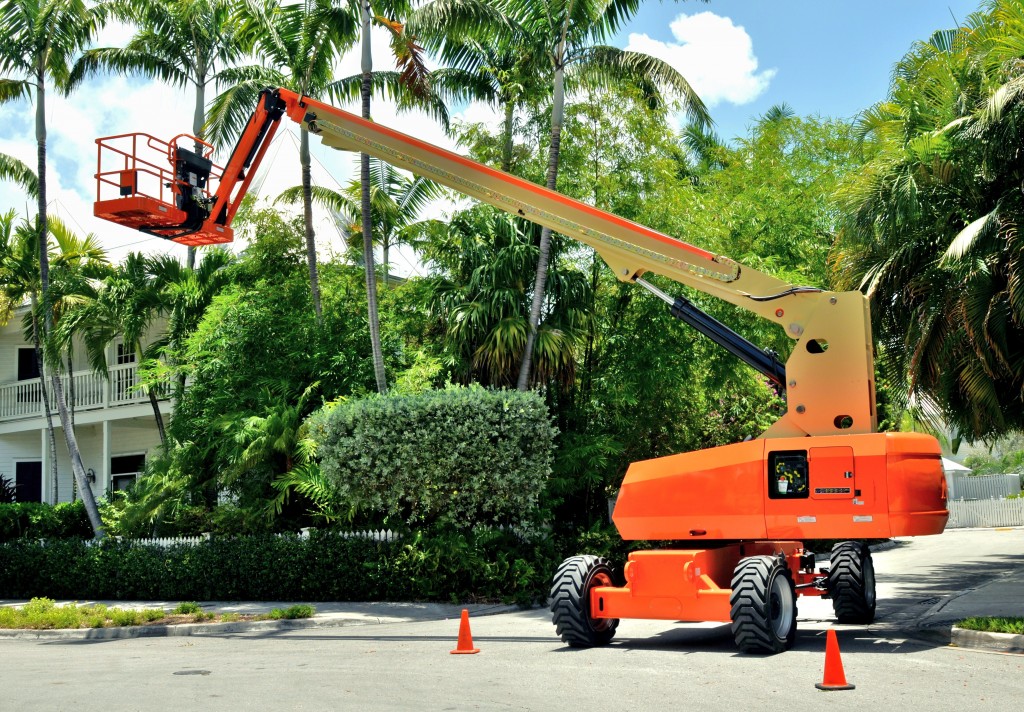Heavy equipment and other construction vehicles make work convenient and accurate. High-precision broaching machines in Wisconsin, for instance, produce parts that are meant for optimal performance and excellent resistance to high stress. This helps prolong equipment longevity. But, no matter how strong such vehicles are, time will eventually bring wear and tear to them.
How could your team practice keeping all heavy equipment and vehicles in top shape? Check the tips and reminders below:
Routine Maintenance: Keeping It Up-to-Date
Heavy equipment is an expensive investment. One of the best ways to protect them is not to wait when they are already sputtering and its parts are falling apart. A periodic check will help to keep them in top shape. It is important to be consistent with the scheduled check of these machines.
Routine maintenance may include oil and filter changes and lubrication. This inspection also involves checking if there are ample fluid levels. The one performing the test will also see if the pressure is enough. A manufacturer’s guide usually contains information about the interval between routine maintenance. It is important to read the guide with a thorough understanding. Keeping a record of dates and assessments during routine maintenance is also helpful.
Preventive Maintenance: One Step Ahead
This type of maintenance aims to improve your machine’s reliability and service life. Schedule preventive maintenance when a piece of equipment reaches specified hours or mileage. This can ensure the optimal performance of your equipment and can reduce breakdowns.
Adjustments and upgrades can be part of this inspection as well. Therefore, new procedures can take place. Your whole team must be willing to adapt to these so that the purpose of the maintenance will not be lost. Each team member needs to take part in the upkeep of machines.
Be Acquainted with Types of Failure
Knowing your equipment and being able to pinpoint the cause of failure will help when repairs are needed. Malfunctions can be caused by subjecting the machine to extreme temperature changes.
Mechanical failures happen when the components need replacement, tightening, lubrication, or alignment. Erratic failures are the hardest to identify because they can crop up at any time. Not having to guess the cause of malfunction will help in the speedy repair of your heavy equipment. Also, being aware of the types of failure will help you do preventive measures against them.
Proper Training Equates to Proper Use

Any worker who will operate a heavy equipment machine must have ample training. Having a knowledgeable operator have many advantages. For one, proper use of the heavy equipment will not wear it down. Also, the operator will promote safety for themselves and their coworkers.
A conscientious and well-trained operator knows his duty. It does not comprise of hopping in, operating, and hopping off the machine. They will check the vehicle before and after each use for any signs of issues or damage. They also have a genuine care for the machine. They will not hesitate to report problems that they have noted. Early detection will save the company money for big repairs. It is easy to catch a problem at its initial stage rather than when it is already grave.
Heavy equipment is part of a successful project. Keeping them on top shape translates to a smoother operation. Downtimes are reduced from least to none. Premium care of your heavy equipment is a proactive strategy and a good investment.


